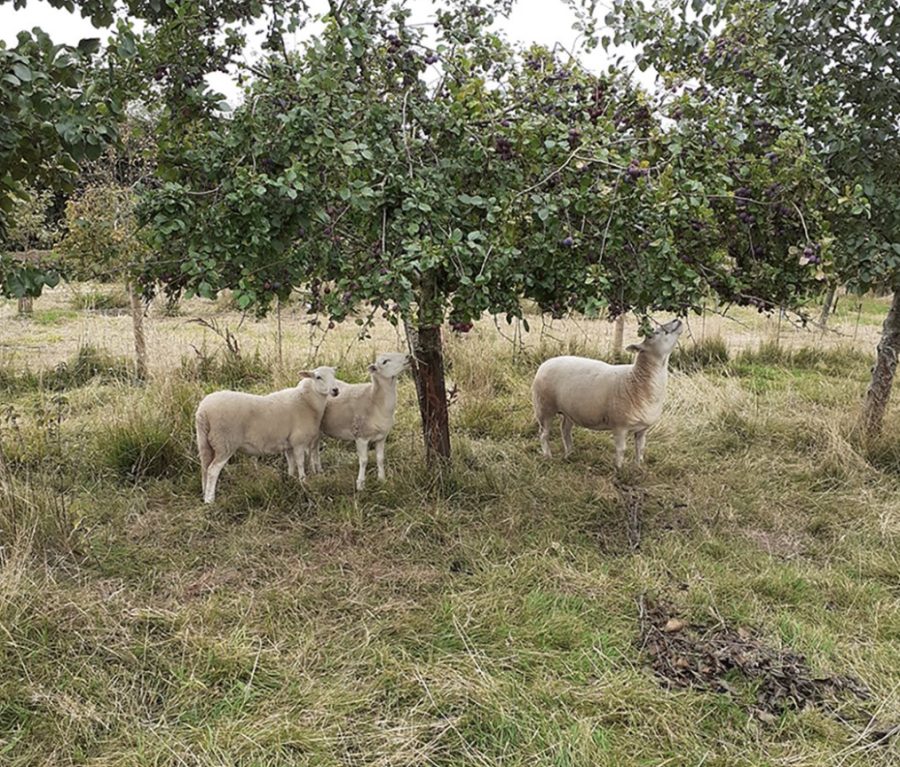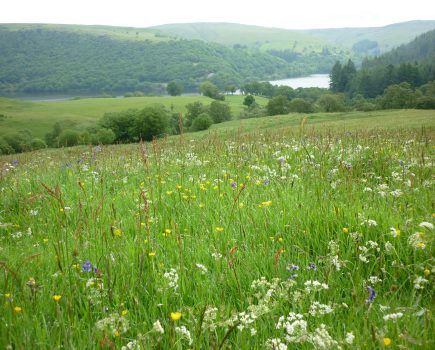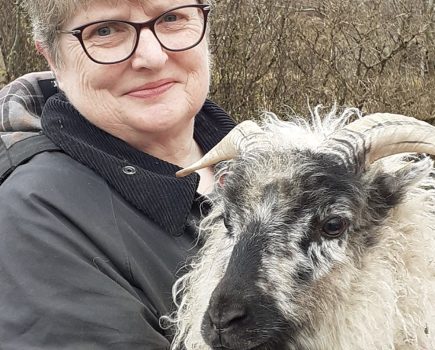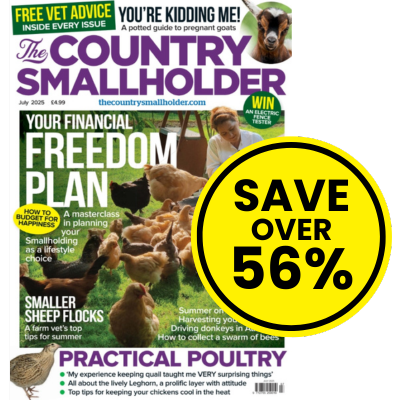Well known to Archers fans on BBC radio 4, the ‘mob grazing’ system is gaining momentum. Wade Muggleton finds out why.
Mob grazing is surging in popularity and is often a key tool in regenerative farming; a style of farming that seeks to heal the land and be more sustainable.
So, what exactly is mob grazing? Well in simple terms it is the idea that grazing animals are kept on a given section of pasture for a very short time and then moved on to fresh grazing for another very short time and then moved again and so on. As a result, even when they leave a section, the grass is still comparatively long, what some traditionalists might see as wasting grass.
But the rule of thumb is to put your stock onto the long grass, let them eat a third, trample a third of it and then leave a third of it when they come off. By only eating a third they are not over grazing it; by trampling in a third they are adding organic matter to the soil, creating a thatch on top of the soil andsequestering carbon back into the soil. By leaving a third it will grow back far quicker and more vigorously than if it were eaten down short. By growing back quicker, you will get more grass as the recovery time is shortened.
When it comes to grass growth what is above ground is reflected in what is below the ground in terms of roots, and you will have a far bigger root system to take up water and nutrients to drive that new growth.
Whilst today it is a management tool, involving small paddocks and often electric fencing, its inspiration is the exact opposite, that of the vast plains and prairies where huge herds roamed, be it Bison in America or Wildebeest in Africa. Those vast herds intensively grazed for short periods of time and then moved off to fresh pasture with it perhaps being many months before they come around again to the same area. So, the land undergoes a long recovery period.
Taking this model from nature, regenerative farmers try to replicate something similar on the farm or in our case smallholding. But can it really work on such a small scale? There are some great books on the subject and a wealth of YouTube content but it’s worth stating you may have to interpret and tailor it to suit your own bespoke holding. We have tried it and do use it for our small herd of Longhorns and handful of sheep.
MICRO MOBBING SHEEP
There is an old country saying that the sheep should not hear the church bell toll twice in the same field. i.e. if one Sunday they are in a certain field then when the next Sunday rolls around and bells toll, they should not still be in the same field. In the days before vets and modern drugs this was genuinely good practice.
By regularly moving the sheep to clean ground you maximise breaking the parasite cycles of worms and flukes and, with a long enough rest period, the parasites never get the chance to complete their lifecycle and reinfect your stock.
The advent of modern wormers and other drug treatments rendered this unnecessary in many shepherds’ eyes. However, reducing the level of drugs in livestock is something we should all aspire to, so I try to practice mob grazing on a very small scale. My flock varies in size from four to eight or nine individuals depending on the time of year. I use electric sheep netting to pen them on different areas and then every Saturday morning, move them onto fresh ground.
This article extract was taken from the April 2025 edition of The Country Smallholder. To read the article in full, and learn more about mob grazing, you can buy the issue here.








